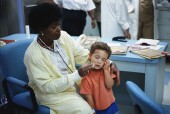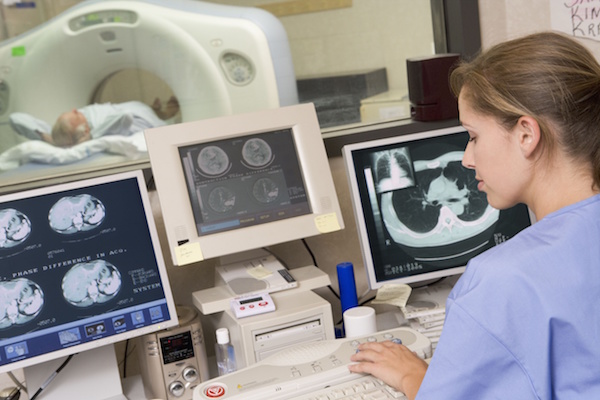
WEDNESDAY, Dec. 24, 2014 (HealthDay News) — Very sick children with complex chronic illnesses can receive effective, less expensive care from a clinic that functions as a “medical home,” with easy access to a team of dedicated health care professionals, a new study shows.
Children were less likely to become seriously ill and need either hospitalization or a trip to the emergency room when they received treatment at an enhanced medical home clinic at the University of Texas in Houston versus usual care, according to a report published in the Dec. 24/31 issue of the Journal of the American Medical Association.
“These are very complex children at high risk, and we don’t wait until they’re really sick for them to get treatment,” said study author Dr. Ricardo Mosquera, an assistant professor of pediatrics at the University of Texas Medical School. “We save money because these patients are not often in the hospital,” he added.
The patient-centered medical home is a concept that has become more popular with the advent of health-care reform. In a medical home, each person has a primary care physician who oversees their medical care, coordinating with specialists and any other health care workers that might be needed to keep them healthy.
This new study focused on an enhanced version of the medical home concept, Mosquera said, in which children with severe chronic illnesses were enrolled in intense coordinated care through the University of Texas, Houston, High-Risk Children’s Clinic.
The researchers felt that medical homes’ greatest potential might be in the treatment of patients with severe chronic illness, given that their care often is piecemeal, expensive and unlikely to prevent future illness.
Mosquera and his colleagues randomly assigned 105 high-risk children with chronic illness to receive comprehensive care, including treatment from primary care doctors and specialists in the same clinic. Another 96 high-risk children received regular care from doctors or clinics.
Patients were defined as high-risk with chronic illness if they had three or more emergency department visits, two or more hospitalizations, or one or more pediatric intensive care unit admissions during the previous year, and a greater than 50 percent estimated risk for hospitalization, the researchers said.
The children most often suffered from multiple illnesses, including respiratory and neurological disorders, Mosquera said.
The enhanced medical home included Mosquera acting as medical director and two pediatric nurse practitioners, with the three sharing primary care responsibilities. All parents had a cellphone number that allowed them to reach one of the three at any hour of the day.
The medical home also included a nutritionist, a social worker and regular visits from specialists such as neurologists, gastroenterologists and infectious disease experts.
This team “worked very hard to help families learn better strategies for handling acute crises rather than going to the emergency department,” said Dr. James Perrin, a professor of pediatrics at Harvard Medical School, who wrote an editorial accompanying the study.
During the two-year study, children receiving medical home care fell seriously ill about half as often as children receiving usual care. The medical home kids also were half as likely to need to be hospitalized or go to the ER for treatment, and two-thirds less likely to be admitted to an intensive care unit, the investigators found.
Medical home care also proved less expensive, costing about $16,500 for each year of care provided compared with nearly $27,000 for regular care, the researchers reported. Overall, Medicaid payments were reduced by just over $6,000 for each year of care provided through the enhanced medical home.
The results show that “providing high-quality, comprehensive care for the issues these kids face both saves money and, more importantly, makes kids healthier and makes parents more satisfied,” Perrin said.
Many hospitals with high-risk pediatric clinics already have started moving toward the sort of medical home model used in this study, he said.
However, it’s unclear whether such enhanced care would be helpful in children that are less sick, Perrin added.
“This degree of intense focus is not that beneficial, is not that needed with a child with asthma or obesity or autism,” he explained. “But they can benefit from the standard medical home model, with care coordinators to help them move through complex systems. The question now becomes: how do you generalize this to kids who are less sick?” Perrin said.
More information
Visit the U.S. Department of Health and Human Services for more on medical homes.
Copyright © 2026 HealthDay. All rights reserved.

